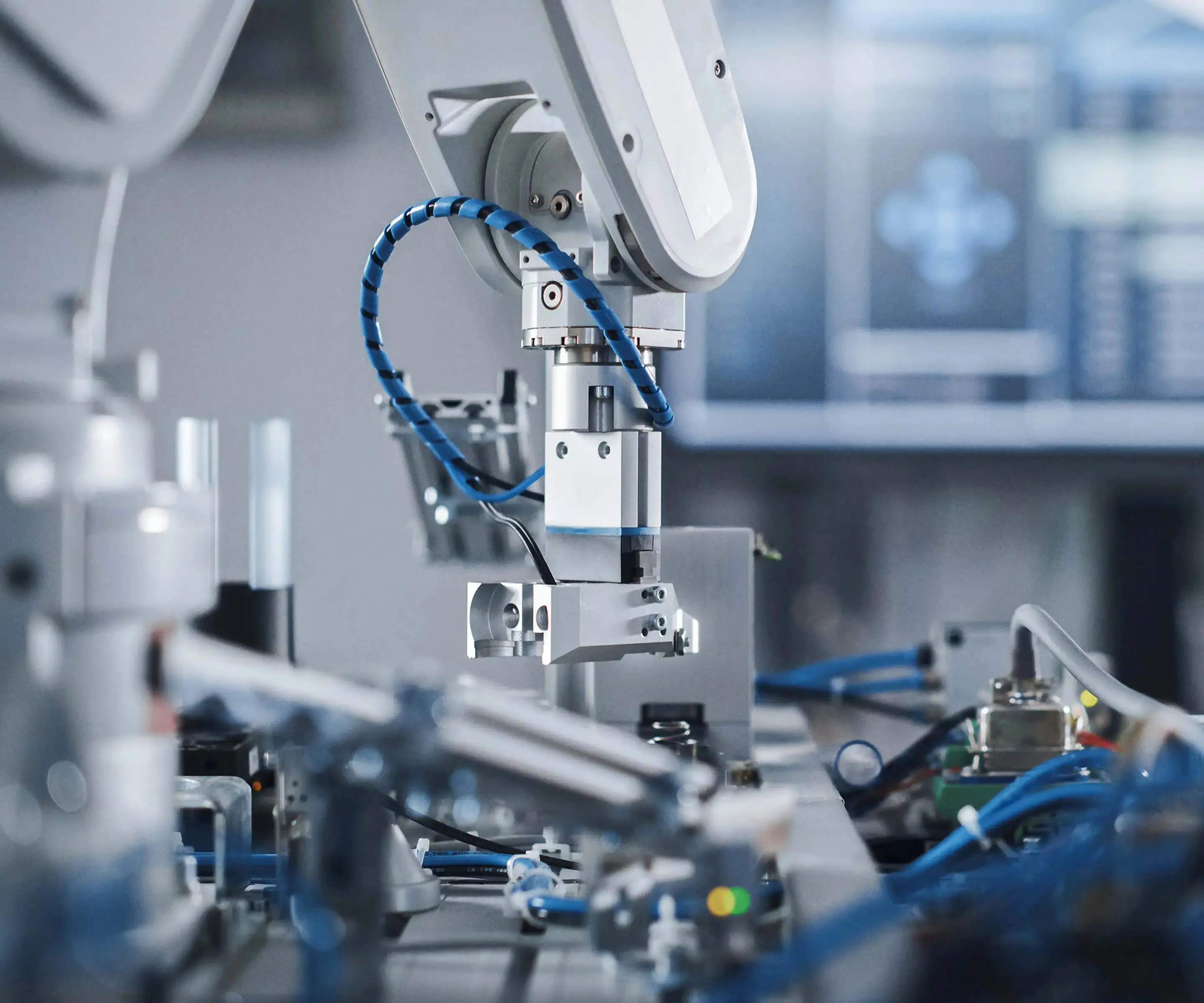Imagine a world where machines move with precision, almost as if they have a mind of their own. From the robotic arms assembling cars to tiny drones performing acrobatic stunts, servo motors are at the heart of this motion marvel. For beginners stepping into the realm of electronics and robotics, understanding how to control servo motors can seem daunting—but with the right tools and a bit of guidance, it becomes an exciting adventure.

Enter Tinkercad and Arduino: two powerful, user-friendly platforms that democratize electronics and make robotics accessible to everyone. Tinkercad, an online 3D design and simulation tool developed by Autodesk, allows users to create virtual prototypes of circuits and prototypes without needing physical components. Meanwhile, Arduino – an open-source microcontroller platform – provides the brains for countless automation projects.
So, what exactly is a servo motor, and why is it so crucial for robotics?
What is a Servo Motor?
A servo motor is a type of motor that provides precise control over angular position, velocity, and acceleration. Unlike standard motors that run continuously in one direction or another, servo motors are designed to rotate to a specific position, hold that position, and then move to another with high accuracy and reliability.
How does this work? Inside a servo motor, there’s a small control circuit, a feedback mechanism (usually a potentiometer), and a motor — all working in tandem. You send a control signal (usually a pulse width modulation or PWM signal) that specifies the desired angle. The feedback loop then adjusts the motor’s position until it aligns with this target, ensuring that the robot’s limbs, camera gimbals, or other moving parts are precisely where they need to be.
Why Use Servo Motors in Learning and DIY Projects?
Servo motors are excellent for beginners because they are simple to operate, affordable, and highly versatile. Whether you’re making a robotic arm, a remote-controlled car, a camera gimbal, or even an automated door, servo motors give you fine-tuned control. Plus, their straightforward interface makes them perfect for understanding basic principles of electronics and programming.
Let’s talk about the common types you’ll encounter:
Standard Servo: The most common, used for hobby robotics. Operates in a range of approximately 0° to 180°. Continuous Rotation Servo: Acts like a regular motor but can be controlled with speed and direction, perfect for driving wheels or propellers. Digital vs. Analog Servos: Digital servos are faster, with holding torque better than analog types, but tend to be more expensive.
Connecting a Servo Motor with Arduino
Starting with Arduino and servo motors is like learning to ride a bike before motorbiking. You need to understand some basics:
Wiring: Connect the servo’s power (usually red) to 5V, ground (black or brown) to GND, and control signal (yellow, orange, or white) to a PWM-capable digital pin. Programming: Using the Arduino IDE, you include the Servo library, which simplifies controlling the servo via code. You specify the angle with a single command, and the software handles the rest.
Here’s a simple example of controlling a servo with Arduino:
#include Servo myServo; void setup() { myServo.attach(9); // attaches the servo on pin 9 } void loop() { for (int pos = 0; pos <= 180; pos += 1) { // goes from 0 to 180 degrees myServo.write(pos); // tell servo to go to position in variable 'pos' delay(15); // waits 15ms for the servo to reach the position } for (int pos = 180; pos >= 0; pos -= 1) { // goes from 180 back to 0 degrees myServo.write(pos); delay(15); } }
This simple code makes the servo sweep back and forth between 0° and 180°, demonstrating the basic control mechanism.
Simulating with Tinkercad
Now, before grabbing physical parts or risking a mishap, you can simulate your project in Tinkercad. It allows you to create circuits virtually and see how your code interacts with components in real-time. This is great for troubleshooting and learning without needing to gather all hardware immediately.
To simulate a servo motor in Tinkercad:
Drag an Arduino Uno onto your workspace. Add a servo motor component. Connect the servo’s power and ground to the Arduino’s 5V and GND. Connect the control wire to a PWM digital pin (e.g., pin 9). Write your code in Tinkercad’s editor, upload, and see the servo move!
This process can help you understand the timing, coding, and wiring needed for more complex projects.
stay tuned for part two to explore advanced control techniques, real-world applications, and tips to make your robotics projects stand out!
I'll prepare the second part in the following message.
Established in 2005, Kpower has been dedicated to a professional compact motion unit manufacturer, headquartered in Dongguan, Guangdong Province, China.




































